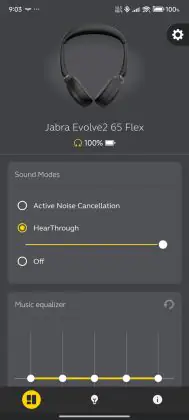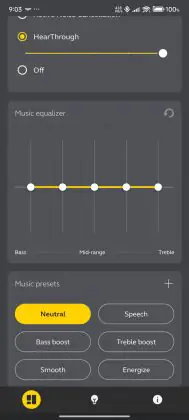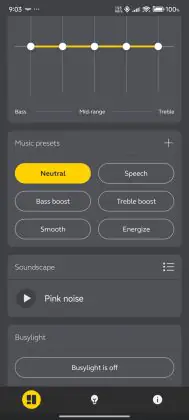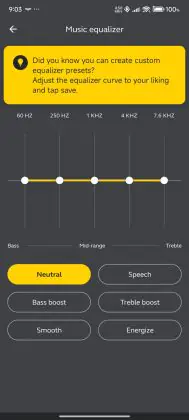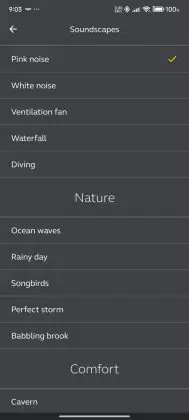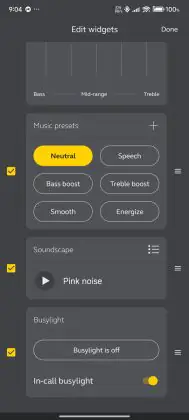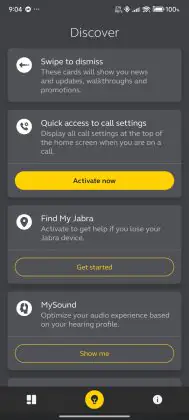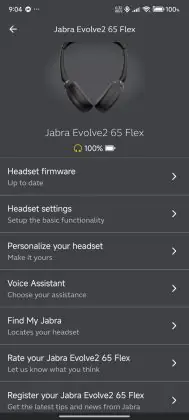© ROOT-NATION.com - Use of content is permitted with a backlink.
The last time I reviewed a Jabra headset, the model was the Evolve2 55. I noted that I was accustomed to seeing the company in the higher-end segment, often with more expensive models, like the Jabra Evolve2 65 Flex. However, if you were impressed by how packed the Evolve2 55 was with features, the 65 Flex will likely surprise you even more.
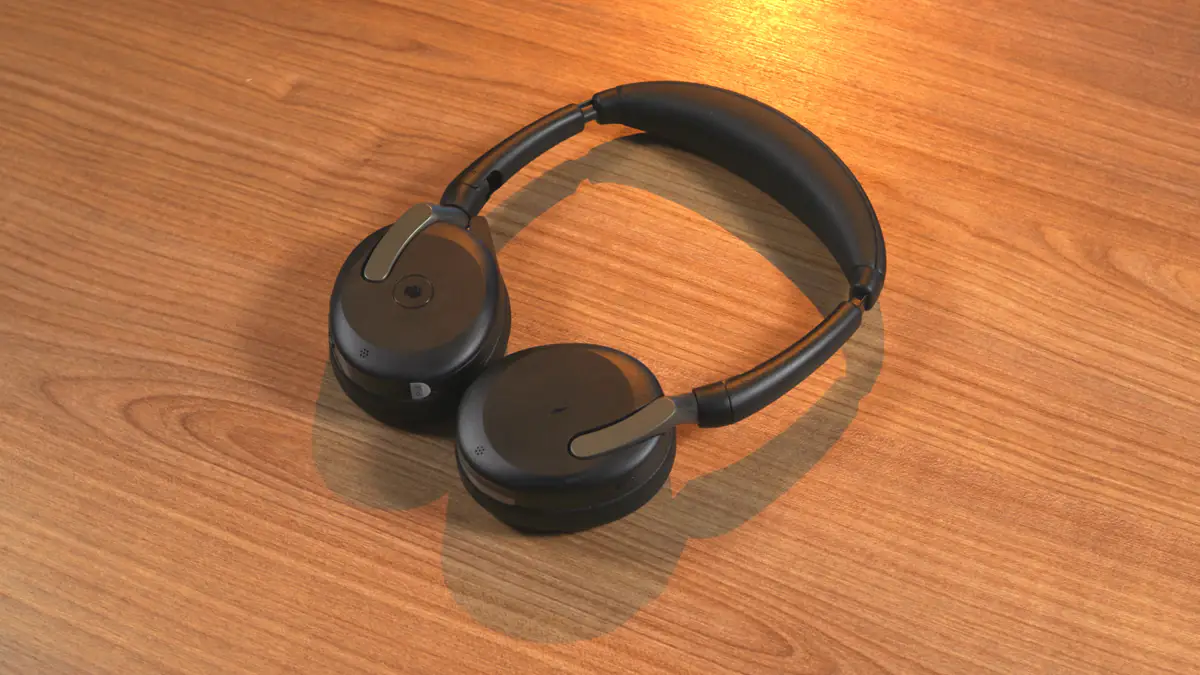
Technical specifications
- Headset weight (stereo version): 136 г
- Speaker size: 28 mm
- Speaker frequency: 20-20000 Hz
- Frequency in talk mode: 150 – 6800 Hz
- Microphone sensitivity: -38 mV/Pa
- Microphone types: 2 analog MEMS, 4 digital MEMS (Stereo)
- Microphone frequency: 20 – 10000 (analog), 20 – 10000 Hz (digital)
- Certification: Alcatel-Lucent, Avaya, Cisco, Unify, MFi, Zoom Rooms, Google Meet, Amazon Chime, Google Fast Pair, Microsoft Teams (depending on the model)
- Hearing protection: PeakStop, Jabra SafeTone, EU Noise at Work, G616
- Music playback time: up to 32 hours (with ANC off), up to 21 hours (with ANC on)
- Talk time: up to 20 hours (with ANC off and busy indicator), up to 15 hours (with ANC on and busy indicator)
- Charging time: up to 120 minutes, up to 45% in 30 minutes
- Connector: USB Type-C
- Wireless charging: yes, Qi
- Ability to work while charging: yes
- Bluetooth: 5.2
- Bluetooth profiles: A2DP v1.3, AVRCP v1.6, HFP v1.8, HSP v1.2, PBAP v1.1, SPP v1.2
- Working range: up to 30 m
- Total number of connected devices: up to 8
- Simultaneous Bluetooth connection: up to 2
- Warranty: 2 years
Jabra Evolve2 65 Flex video review

Price
The Jabra Evolve2 65 Flex is priced up to $290 or €270 in the official store. However, it is often available with discounts, sometimes even down to $215. My personal recommendation would be to aim for a price around $240.
Package contents
The packaging includes a booklet with operating instructions and an explanation of the button functions on the headset. There are quite a few buttons on the device, so this is helpful. Additionally, you get a USB-A to USB-C cable and a rubberized charging base with a USB Type-A port for the cable.

The headset itself is stored inside a fabric case with a rubber clasp. In a separate pocket of the case, you’ll find the Type-A wireless adapter. Unfortunately, this isn’t a 2.4 GHz adapter but simply a Bluetooth one. However, this isn’t a major issue, and I’ll explain why later.
Exterior
The Jabra Evolve2 65 Flex looks almost as modest as the Evolve2 55. However, like its predecessor, the build quality of the headset is impeccable. There are minimal glossy areas—only the logo features a glossy finish. Where there’s gloss on the edge, it’s simply a protective sticker.

The headband is just as well-made, soft enough not to exert downward pressure. The ear cushions are also soft, but they don’t fully cover the ear, meaning the passive noise isolation isn’t perfect. This was the case with the previous model as well, and the advantages of this design are similar here—the Jabra Evolve2 65 Flex feels almost weightless on the head.
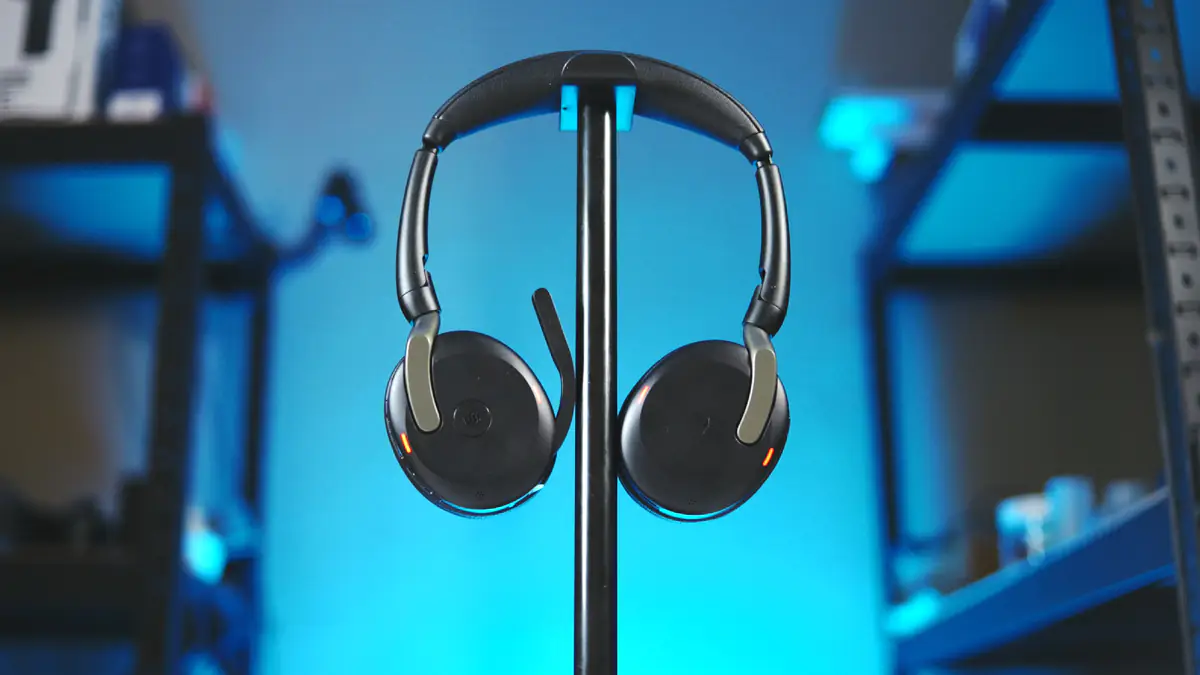
The headset folds inward for easy transportation, with the ear cups fully rotating backward. The headband length can be adjusted by 35 mm on each side. Notably, the arms are the only gray elements on the otherwise matte black body.
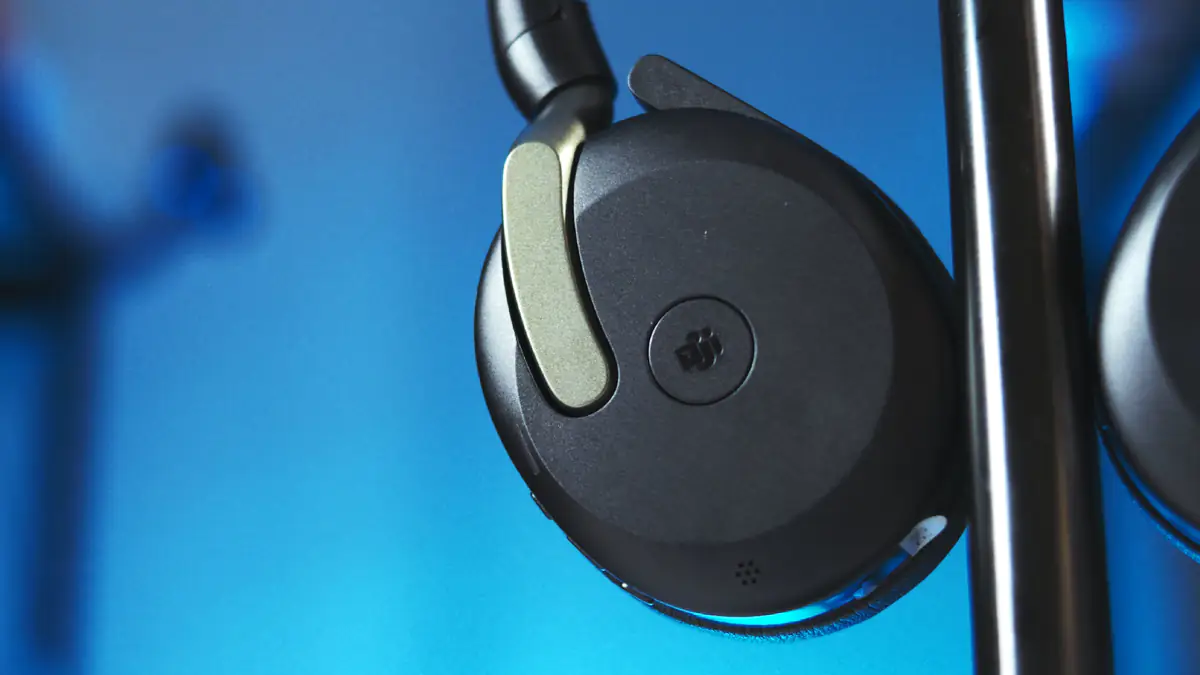
I also want to highlight the microphone, which is hidden inside the body. As soon as you lower it, it automatically turns on.
Ergonomics
Next, the buttons. On the left side, at the bottom, there’s a dual-function button. Holding it for 2 seconds powers the headset on or off, while holding it for 4 seconds switches the Bluetooth pairing mode. Next to it is a Type-C port. At the top, there’s a switch for ANC (Active Noise Cancellation) and transparency mode. On the edge, you’ll find the charging indicator.
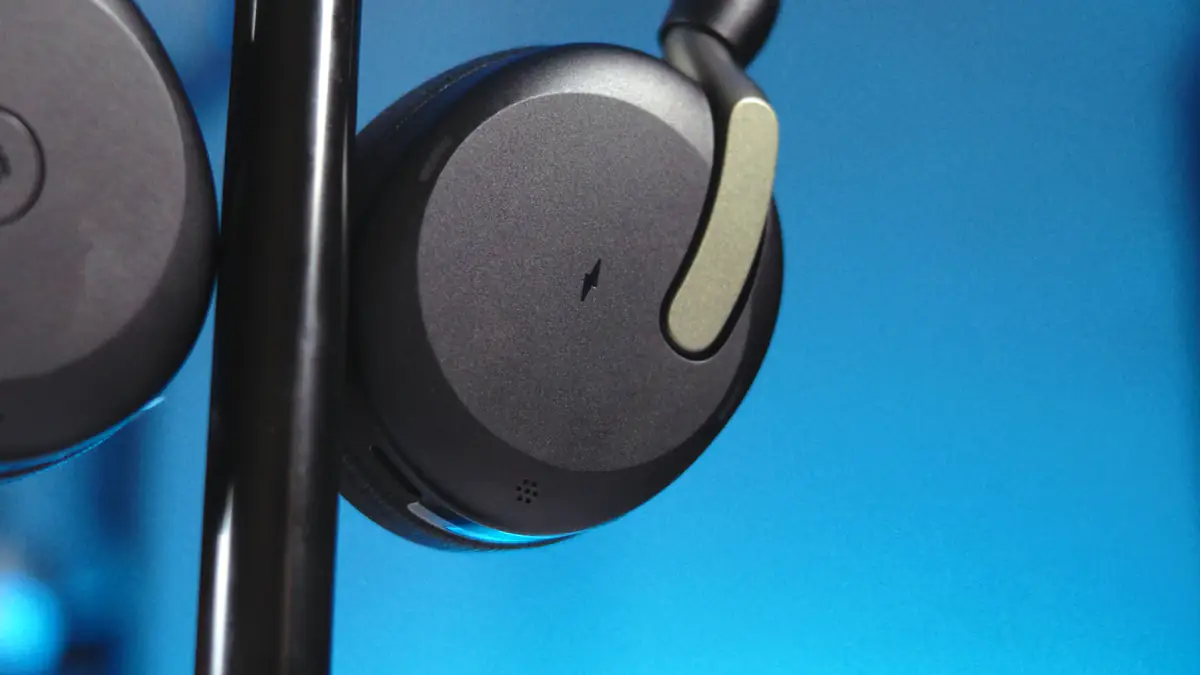
That’s right, the Jabra Evolve2 65 Flex supports wireless charging via the Qi standard.
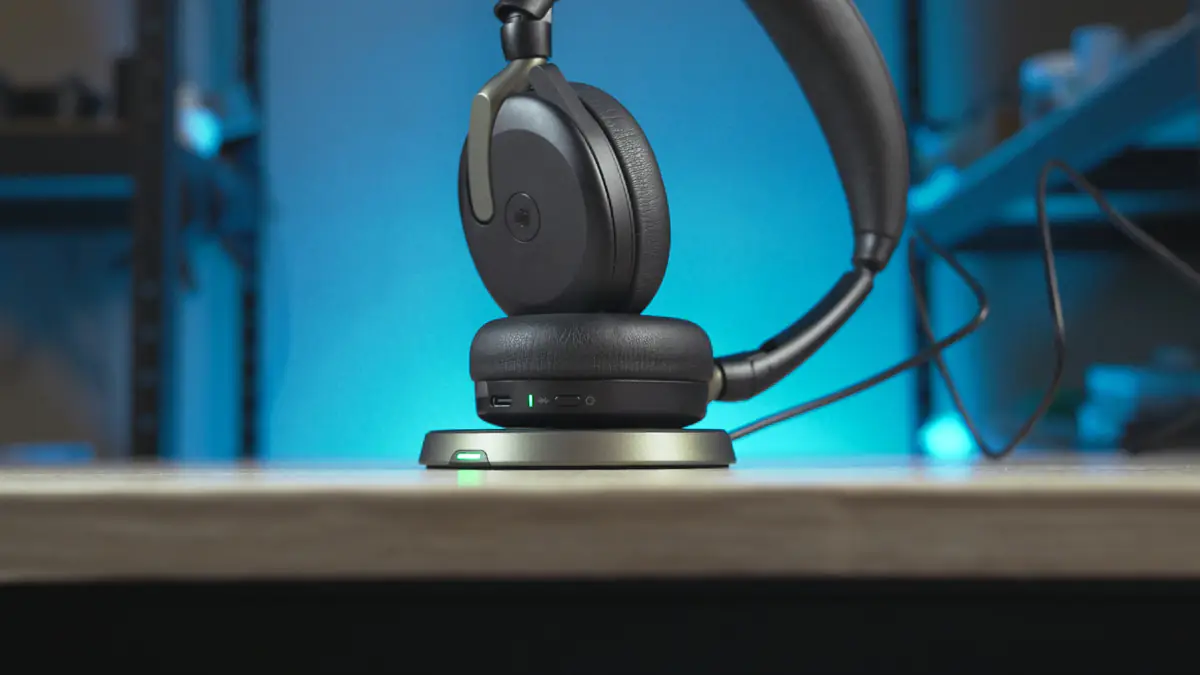
On the right side of the ear cups, there are media control buttons: forward, backward, and pause, as well as a microphone mute button. Both ear cups feature a subtle gray indicator for busy status, or Busylight, along with a slightly more noticeable microphone. On the flat area, symmetrically to the charging area on the left ear cup, there’s a button for answering calls.
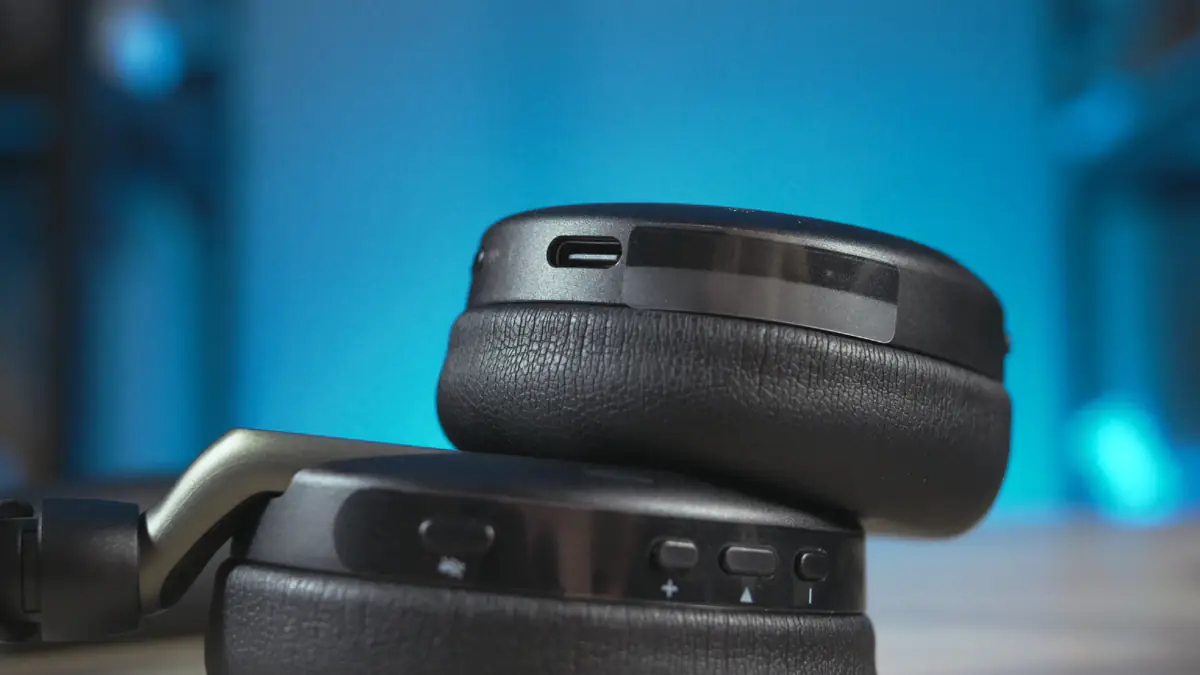
The Busylight feature is enabled automatically, but it can also be turned on manually. To do so, simply press both volume buttons at the same time. Holding these buttons will allow you to toggle the feature on or off.
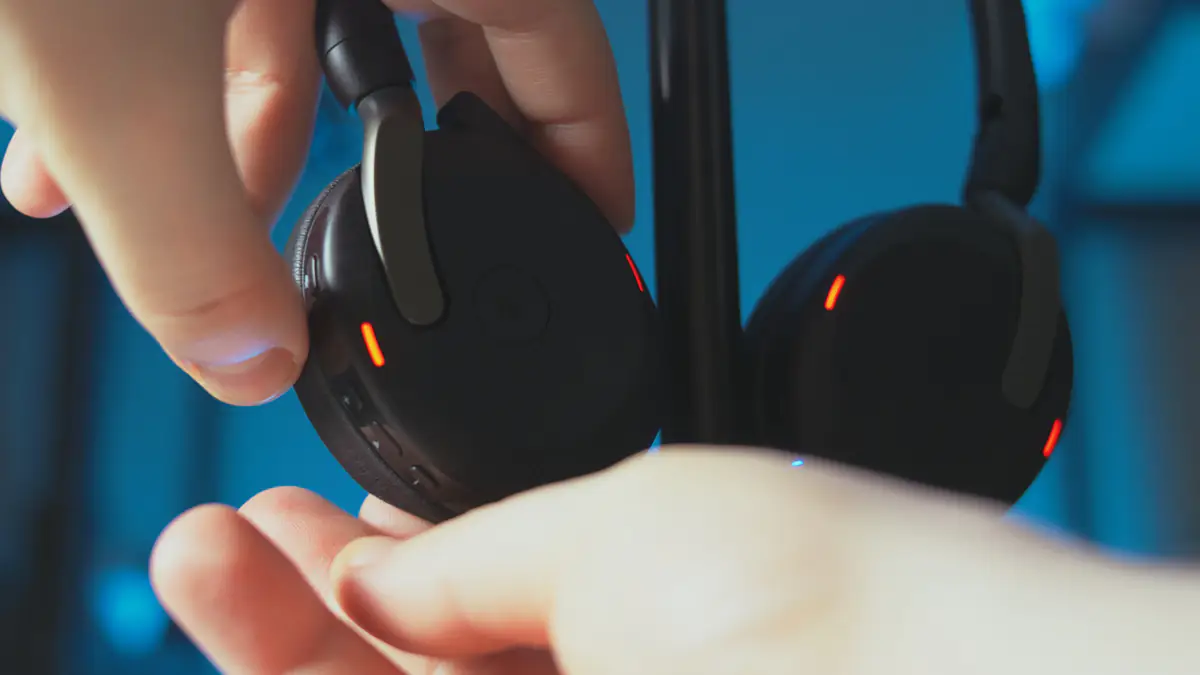
Jabra Evolve2 65 Flex specifications
The overall dimensions of the headset are 200×108×155 mm, with a weight of 136 g. This makes it very light, even considering the built-in battery. The frequency range of the speakers is from 20 to 20,000 Hz, but during calls, this range is narrowed down to 150–6800 Hz. This effectively filters out almost all unnecessary frequencies..

The Jabra Evolve2 65 Flex can also work with a wired connection—I easily connected it using a 3-meter USB-C cable—but it also supports Bluetooth 5.2. While this version is somewhat outdated, I’ve had a negative experience with Bluetooth 5.4 and its poor compatibility in budget headphones.
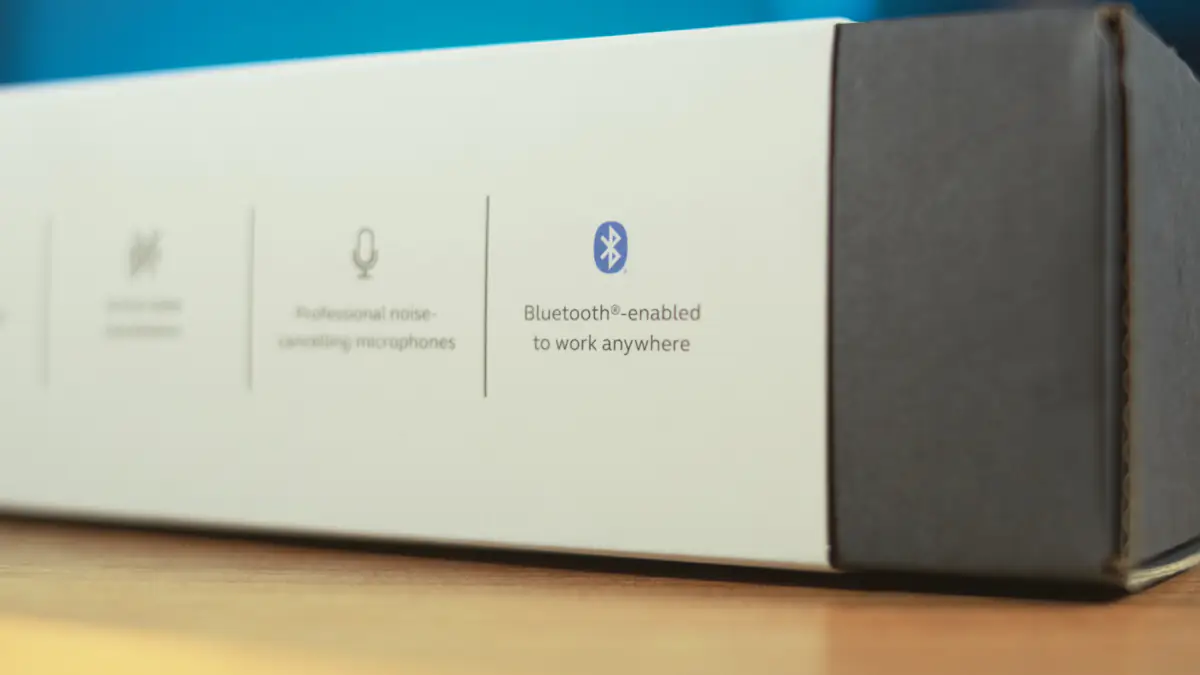
I was about to mention that this also applies to the fact that the headset only supports a single codec—SBC. However, when I connected it to my smartphone, it showed that the Jabra Evolve2 65 Flex had paired via AAC. This is strange, as there’s no mention of AAC on the official website. It could either be a glitch or a very pleasant surprise. The headset also supports dual connectivity, allowing you to connect up to 8 devices in total and 2 devices simultaneously.

The switching between devices happens automatically, so you don’t need to press any buttons. However, I’d only call it automatic about 50% of the time. For example, when I resume playback on my laptop, playback pauses automatically on my smartphone. But the reverse doesn’t happen!
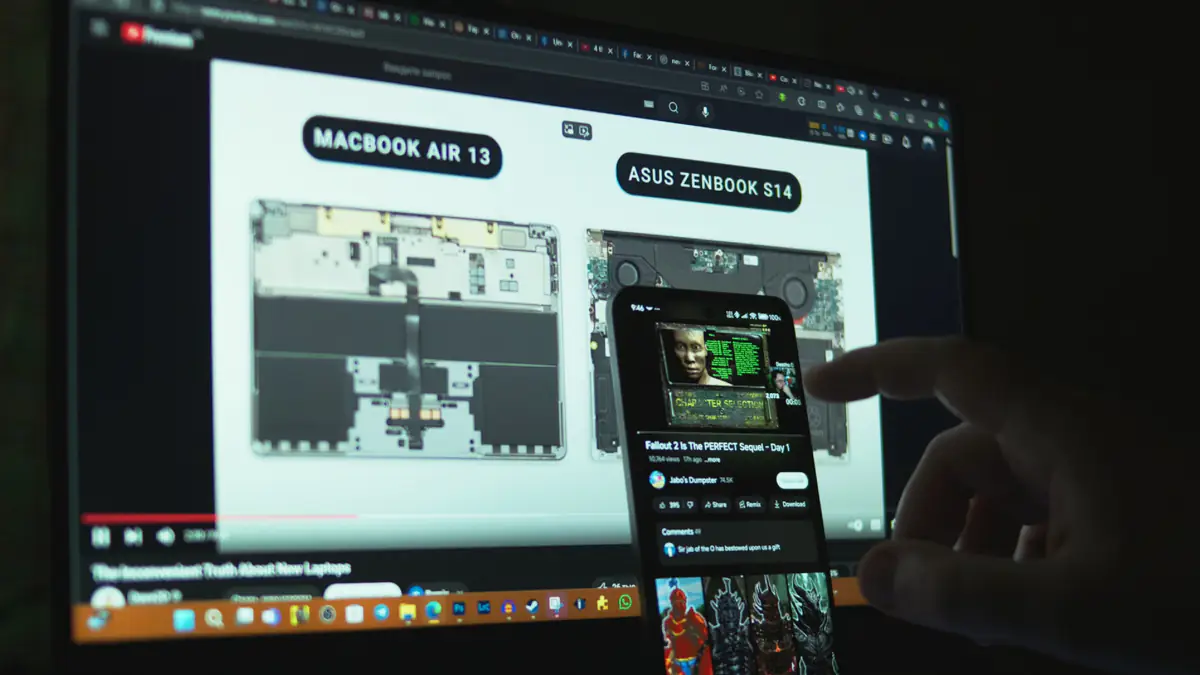
In terms of battery life, the manufacturer promises up to 32 hours on a single charge with noise cancellation off, and up to 20 hours with it on. Alternatively, you can get up to 15 hours with the Busylight indicators enabled. The charging speed is quite clever—45% charge takes just 30 minutes, but a full charge will take 120 minutes, whether via Type-C or the wireless charging base.

The Jabra Evolve2 65 Flex also boasts an extensive list of certifications, including Alcatel-Lucent, Avaya, Cisco, Unify, MFi, Zoom Rooms, Google Meet, Amazon Chime, Google Fast Pair, and Microsoft Teams. Additionally, it supports Jabra SafeTone for enhanced audio safety.

SafeTone is a combination of two features—PeakStop and IntelliTone. The latter is managed by the headset’s processor, which monitors how long the user has been wearing the headset. If the average sound volume and surrounding noise exceed 85 dB over a period of time, the headset automatically lowers the volume, sometimes by a few decibels. This is enough to help protect hearing. PeakStop, on the other hand, protects the ears from sudden loud noise spikes of 118 dB or higher.
Operating experience
The first thing I noticed after connecting the Jabra Evolve2 65 Flex to my ASUS ROG Scar 15 laptop was a significant degradation in sound quality, making it sound more like a phone call. This isn’t a fault of the Jabra headset, as Windows 11 tends to cause this issue with most wireless headsets and some wired ones as well.
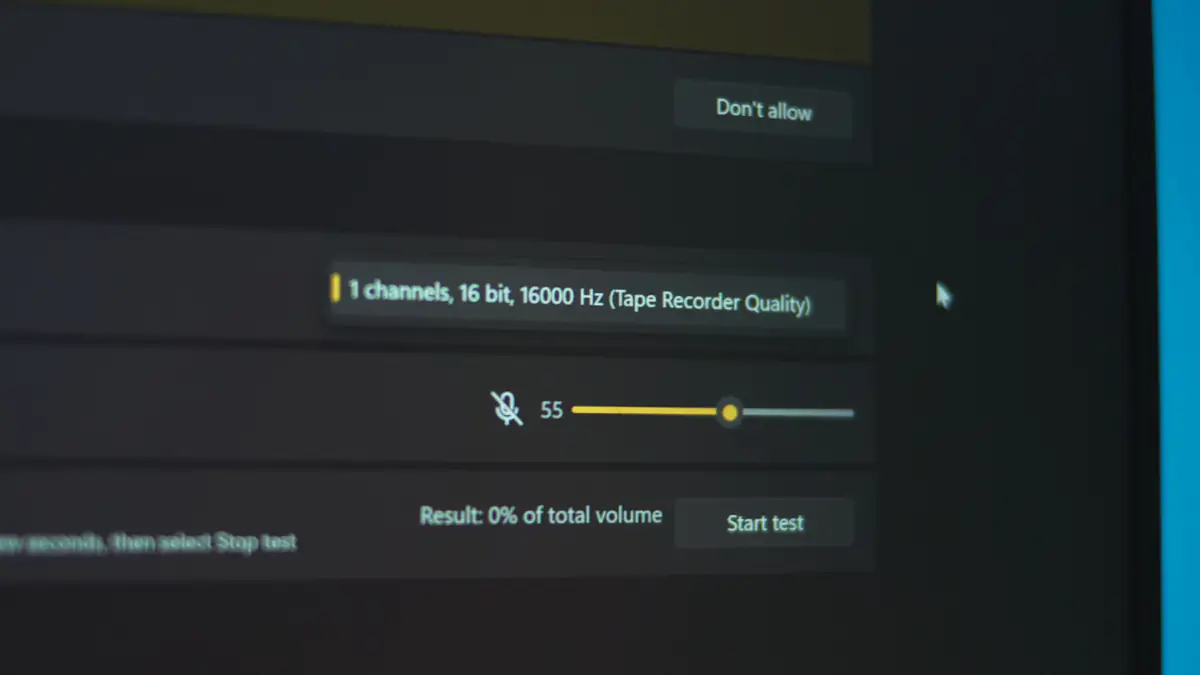
The issue is that the sound quality in the speakers drops to a minimal level, essentially sounding like a phone call. If you’ve ever heard a song over a phone call, you’ll agree that the quality is far from 7.1 surround sound. I was able to fix this by toggling the microphone on and off a few times in the audio settings. This also resolved the constant reminder from the headset to unlock the microphone.
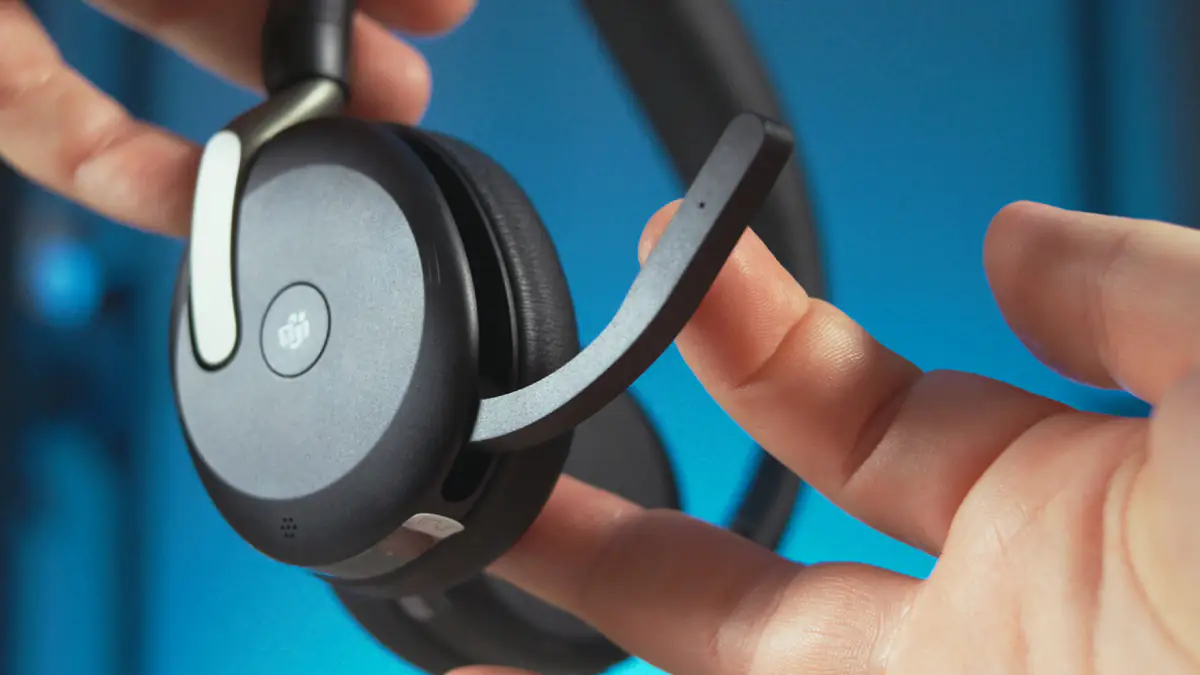
A word about the proprietary software, Sound+:
Android:
iOS:
After installation, I found that the connection to my Xiaomi Redmi Note 13 Pro+ 5G was seamless. As soon as the smartphone detected the headset in the device list, the connection was established within seconds, and the software automatically opened.
The app, available for both Android and iOS, allows you to set the equalizer, activate pink noise, manually toggle the Busylight or noise cancellation, check the battery status, and even fine-tune the equalizer settings.
There’s even a separate tab that explains the features and nuances of the headset’s operation. The only disappointment was that the app’s name doesn’t include “Jabra”—it’s simply “Sound+.” It might seem like a small issue, but if you forget the app’s name, searching for “Jabra” won’t help you find it.
Adapter
Now, about the adapter. What I didn’t expect was the perfect sound latency. I comfortably played games, edited videos, and watched YouTube, without even noticing that I was using a wireless connection. How is this possible with Bluetooth 5.2, especially when 30 ms latency was only promised with version 5.4? It turns out that build quality matters too.
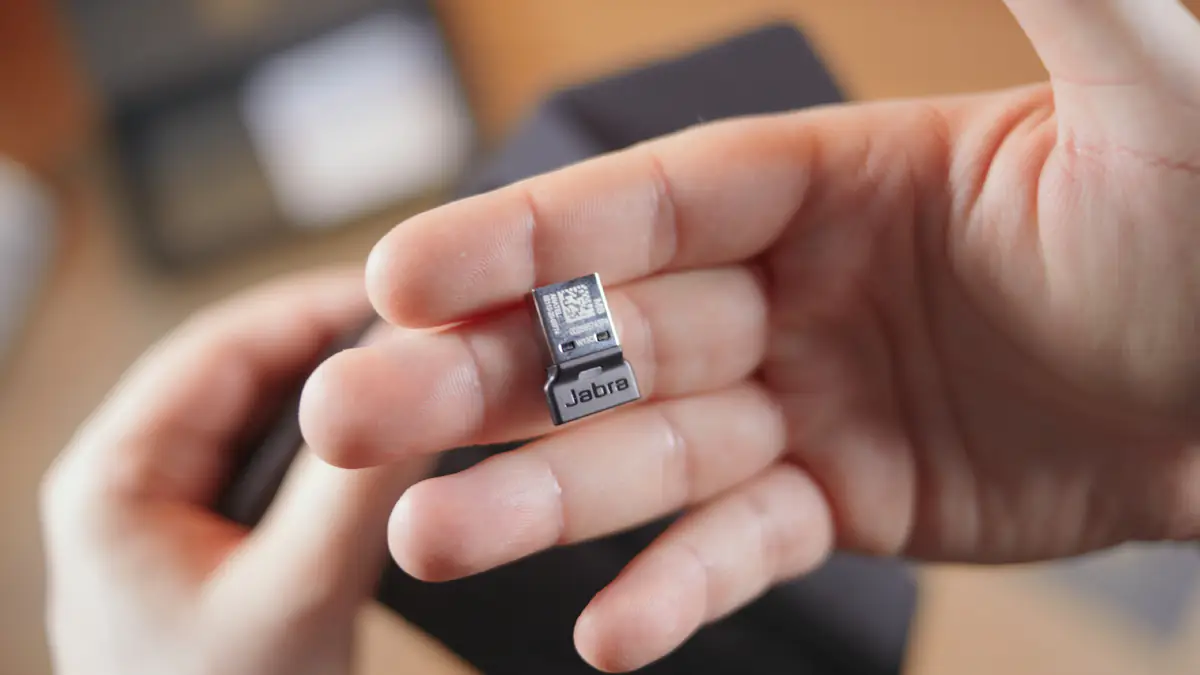
Personally, I bought the Ugreen USB adapter and the cheap wireless module KZ AE-01 for my Knowledge Zenith Pro. Both the adapter and the module support Bluetooth 5.4. However, the Jabra Evolve2 65 Flex completely outperformed them in terms of signal latency.
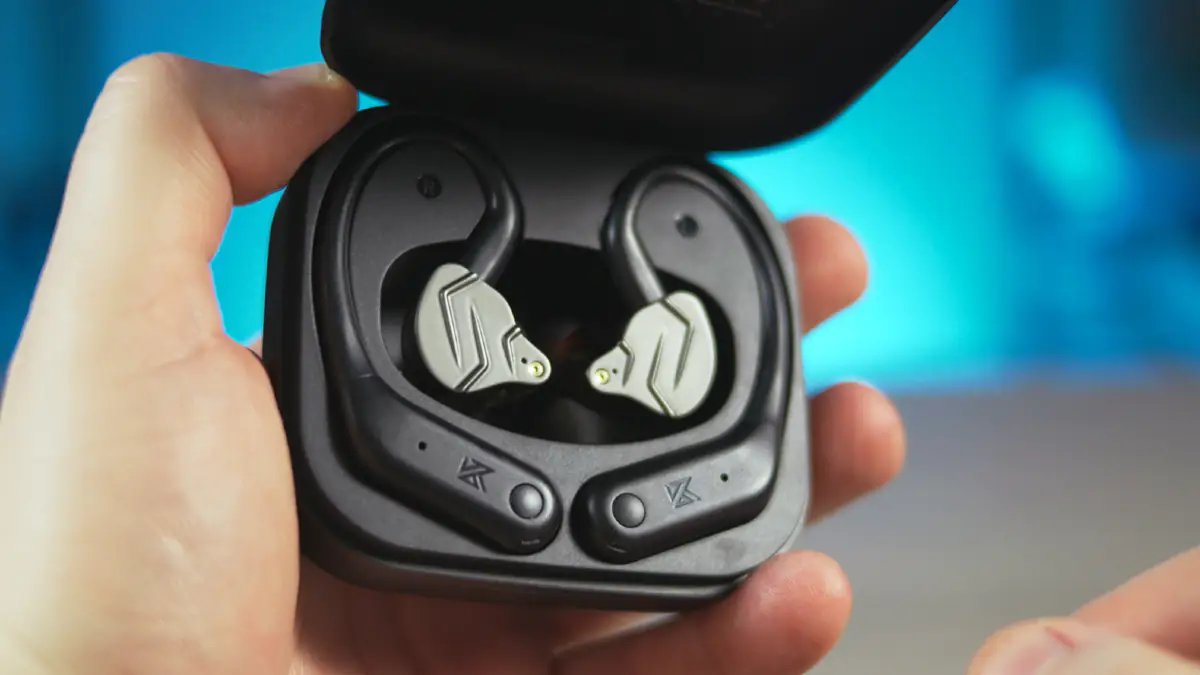
This can partly be explained by the fact that traditional 2.4 GHz adapters are essentially Bluetooth as well, but they operate on a very limited frequency. This allows them to avoid interference, but it also means they don’t compensate for delays, as they don’t compete for bandwidth. The standard Bluetooth operating frequencies are roughly between 2.3 and 2.5 GHz. Therefore, a well-made Bluetooth 5.2 adapter, like the one in the Jabra Evolve2 65 Flex, performs better than poorly designed newer models.
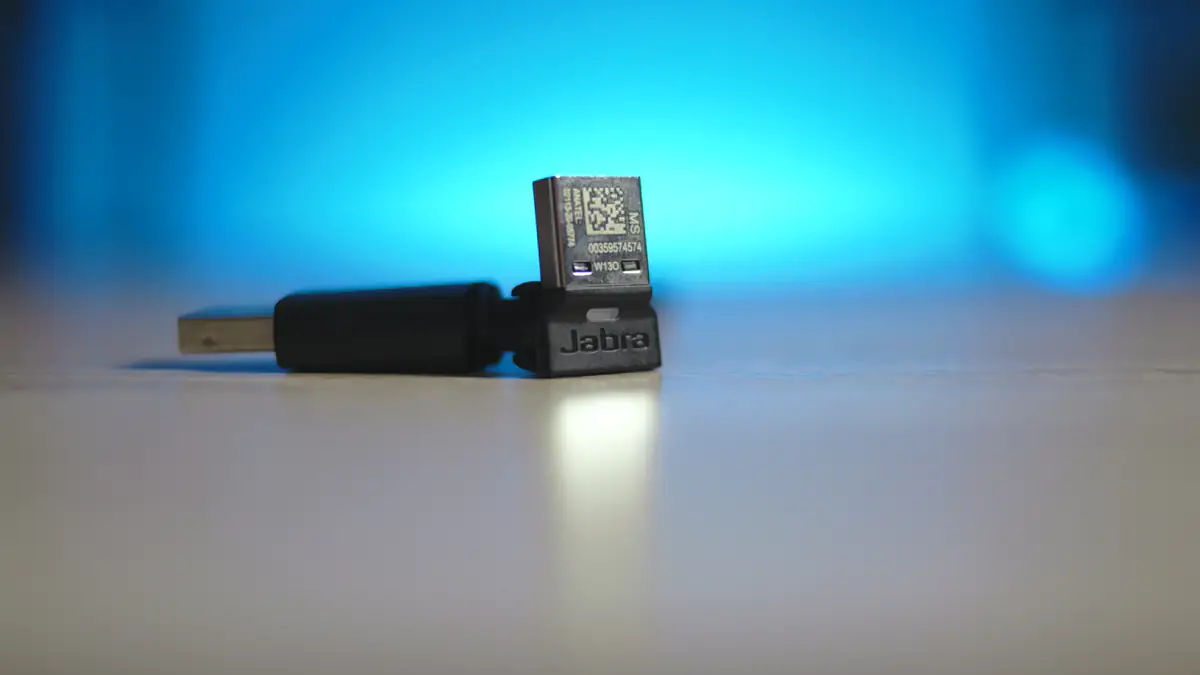
The adapter also features a light that changes depending on the microphone’s mode. It’s a small but useful touch!
Conclusions
The main downside of the Jabra Evolve2 65 Flex is that it is an expensive headset. However, its main advantage is also its price, as the cost reflects the high level of quality in its performance, connection, aesthetics, and technology. The headset truly delivers value for the price. So yes, I would recommend it.
Read also:
- CUBOT KINGKONG POWER 3 Rugged Smartphone Review
- Canyon PB-2008 Power Bank Review
- SUS TUF Gaming VG259Q3A Gaming Monitor Review



